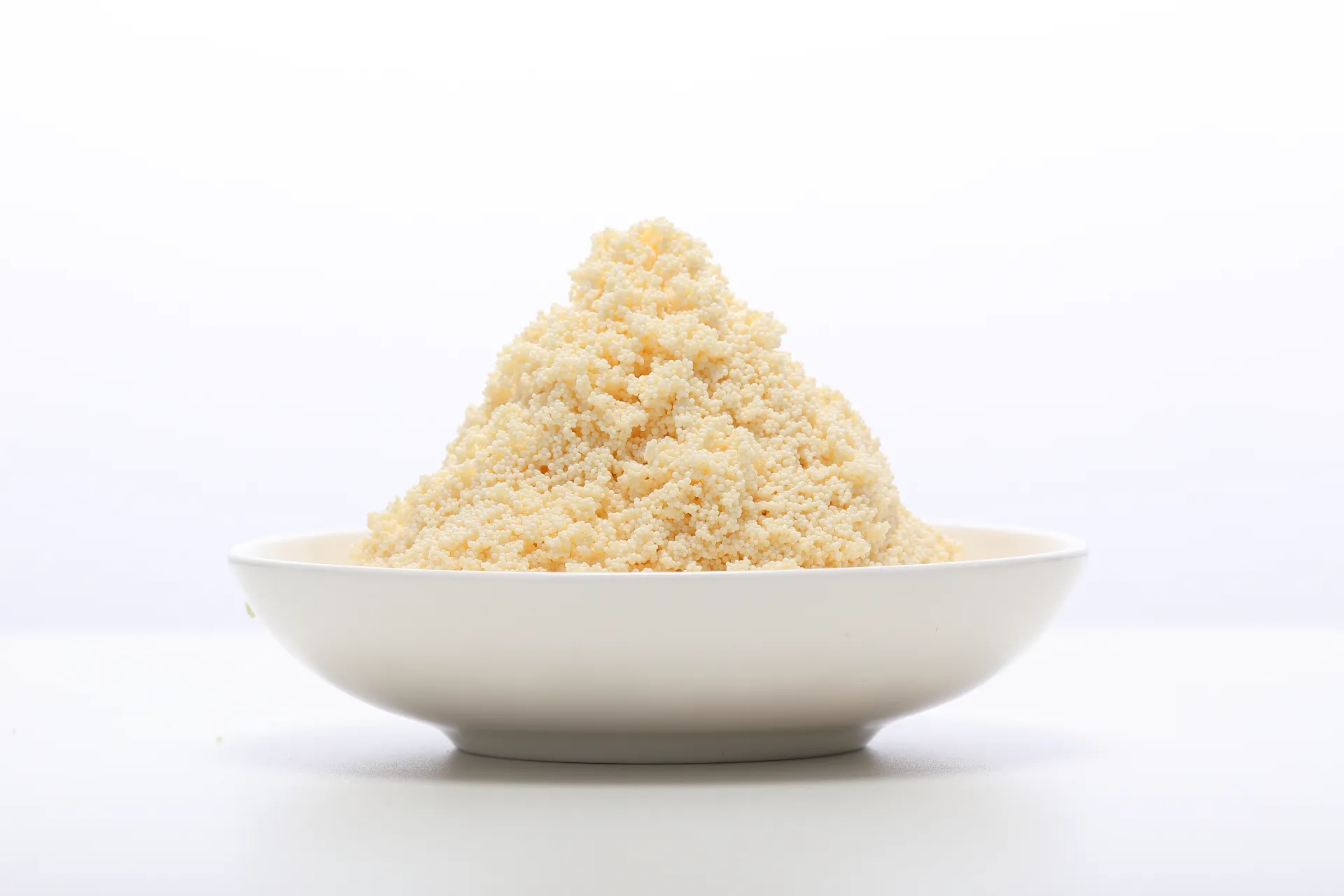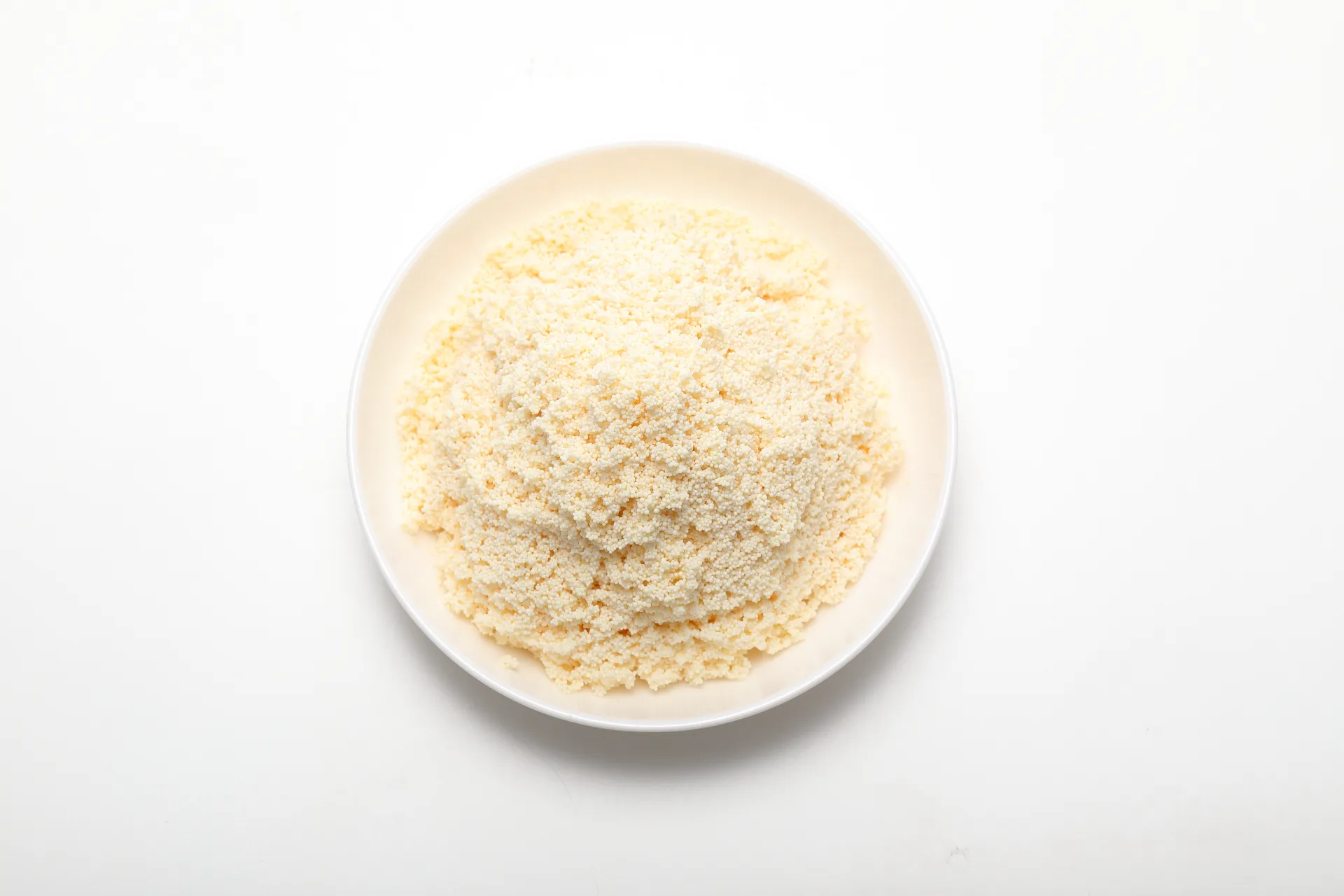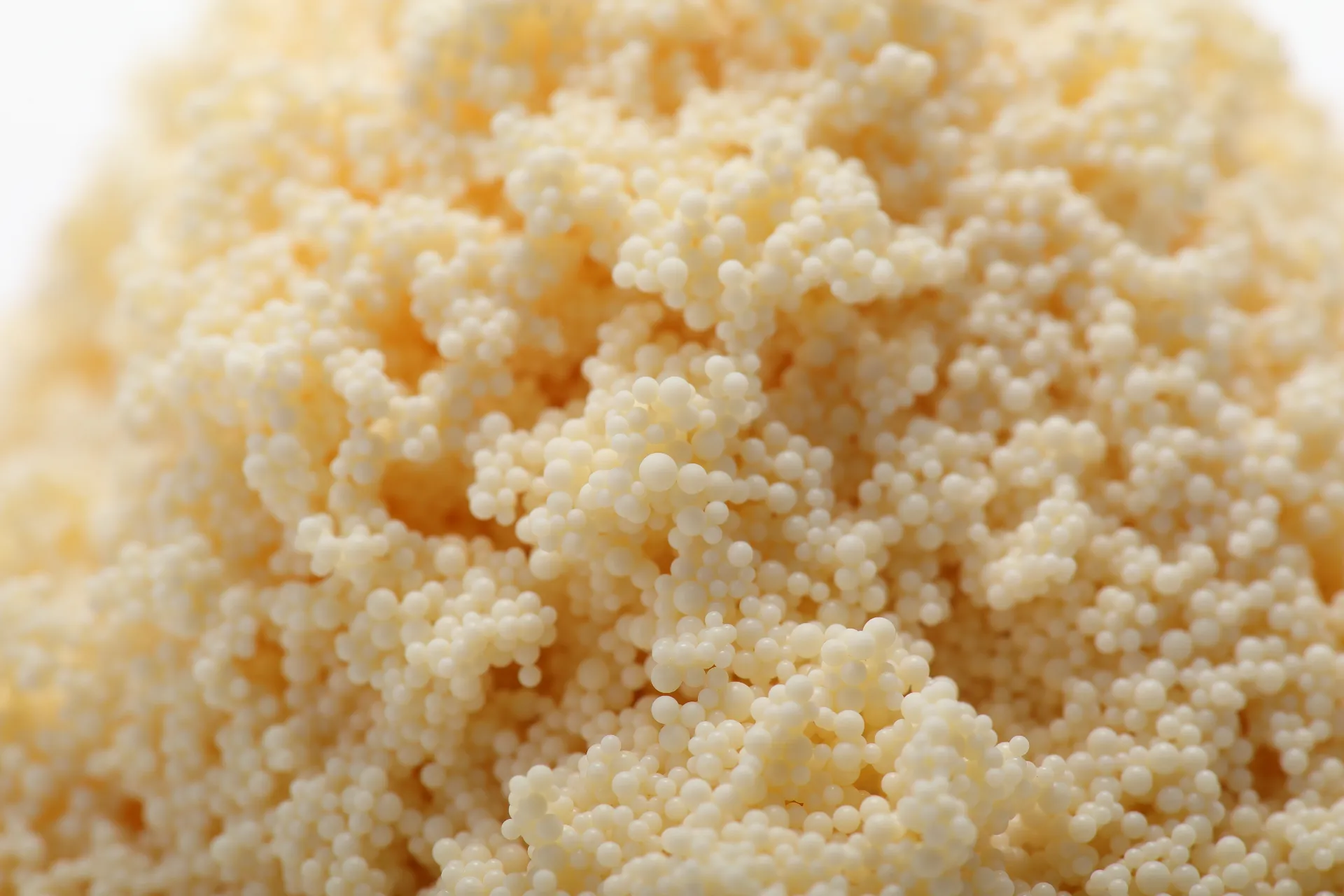What Plants Are Really Choosing Now: CH520 Macroporous Styrene chelating resin
Trend check: metal recovery and ultra-low hardness are quietly becoming standard specs, not luxuries. In caustic soda, battery metals, and plating shops, engineers keep asking for tighter control over Ca/Mg, fewer regenerations, and resins that won’t crush under real-world flows. That’s why the CH520 keeps popping up in my notes. Made in Wei County, Xingtai, Hebei (NO.2 East Jianshe Road, High-Tech Industrial Development South Zone, if you’re mapping vendors), it’s a macroporous styrene matrix with a phosphoramidite group—selective for divalent metal ions, especially alkaline earths. In plain terms: it hunts Ca²⁺ and Mg²⁺, hard.

What it’s for (and why it’s different)
CH520 targets secondary brine softening for ion-membrane chlor-alkali units, routinely pushing Ca/Mg to ≈20 ppb (in fact, plants tell me it reliably sits below lab detection), while keeping capacity and bead strength competitive with well-known aminopolycarboxylate resins. It doubles nicely as a heavy-metal recovery media in electroplating wastewater when you need aggressive selectivity without babying the columns.
Representative specifications (typical, real-world use may vary)
| Matrix / Structure | Macroporous styrene–divinylbenzene |
| Functional group | Phosphoramidite (chelating) |
| Ionic form (as shipped) | H⁺ or Na⁺ (order-specific) |
| Total capacity | ≈1.3–1.6 eq/L (ASTM D2187) |
| Moisture content | ≈50–60% |
| Particle size (typical) | 0.4–1.2 mm (median ≈0.6–0.8 mm) |
| Operating pH / Temp | pH 1–14; 5–60°C (continuous) |
| Shipping weight | ≈700–760 g/L |
| Service life | 2–5 years, depending on regeneration & fouling control |
Process flow, briefly (what operators actually do)
- Pretreat: 5–20 μm filtration; optional activated carbon if organics are messy.
- Service: Upflow or downflow, 5–10 BV/h for brine; ΔP tracked per run.
- Regeneration: 4–6% HCl (or 2–4% H₂SO₄), 2–4 BV; slow rinse 1 BV; fast rinse to conductivity setpoint.
- Testing: Capacity by ASTM D2187; metals by ICP-OES (EPA 200.7); pressure drop logged each cycle.
- Fouling control: periodic brine/acid displacement; backwash if fines observed.

Where it fits
– Ion-membrane chlor-alkali brine polishing (Ca/Mg to ppb).
– Electroplating wastewater: Ni²⁺/Cu²⁺/Zn²⁺ recovery prior to discharge.
– Saltwater softening for process loops where strong-acid cation resins struggle with selectivity.
– Battery metals sidestream cleanup (it seems that Ni slippage is a common headache; CH520 helps).
Many customers say the pressure drop is pleasantly predictable and bead breakage stays low after dozens of cycles—honestly the kind of boring reliability plants love.
Vendor snapshot (approximate, user-reported)
| Resin | Selectivity for Ca/Mg | Mechanical strength | Brine polish to ppb | Operating cost |
|---|---|---|---|---|
| CH520 chelating resin | High (alkaline earths) | High | Yes (≈20 ppb) | Low–medium |
| Generic IDA chelating resin | Medium | Medium | Sometimes | Low |
| Aminophosphonic competitor | High | Medium–High | Yes | Medium–high |
Field notes and data
Case A—Chlor-alkali (secondary brine): Two 1.5 m³ vessels in duty/standby, 8 BV/h. Inlet Ca 0.8–1.2 mg/L; outlet Ca
Case B—Electroplating WWTP: Mixed Ni/Cu feed 2–8 mg/L; single-pass downflow. Removal 95–99% by ICP-OES (EPA 200.7), resin regenerated with 4% HCl; metals recovered to a concentrated acid stream for resale. Payback reported in ≈10–14 months, depending on metals pricing.
Customization & compliance
Options: shipped H⁺/Na⁺ form; screened size ranges; pre-wet/pack for skid OEMs. Plant quality systems typically align to ISO 9001; RoHS/REACH statements available on request. For QA, I’d insist on lot CoA, bead sphericity, and crush tests—plus a startup protocol referencing ASTM D2187 and ICP-OES validation.

Bottom line: if your membrane cells or discharge limits are unforgiving, CH520’s selective macroporous build checks the boxes. Not flashy—just solid chemistry doing the quiet work.
Authoritative citations
- ASTM D2187 – Standard Test Methods for Physical and Chemical Properties of Ion-Exchange Resins.
- U.S. EPA Method 200.7 – Determination of Metals and Trace Elements by ICP-OES.
- ISO 9001 – Quality Management Systems – Requirements.
- EuroChlor Best Practices – Membrane Cell Chlor-Alkali Operation and Brine Treatment Guidelines.
Hebei Lijiang Biotechnology Co., Ltd, is a new material manufacturer specializing in the production of high-performance special ion exchange resins.mixed bed resin suppliers It is a modern high-tech enterprise that integrates the research and development,production, sales, and service of resin materials and resin terminal products.ion exchange resin The company is committed to producing high-quality industrial grade, food grade,pharmaceutical grade, and nuclear grade resins.cation exchange resin It has passed ISO9001 management certification,SGS certification, and WQA international certification from the American Water Quality Association, and has obtained a national food hygiene license. Food grade resin products comply with FDA standards in the United States.super blog